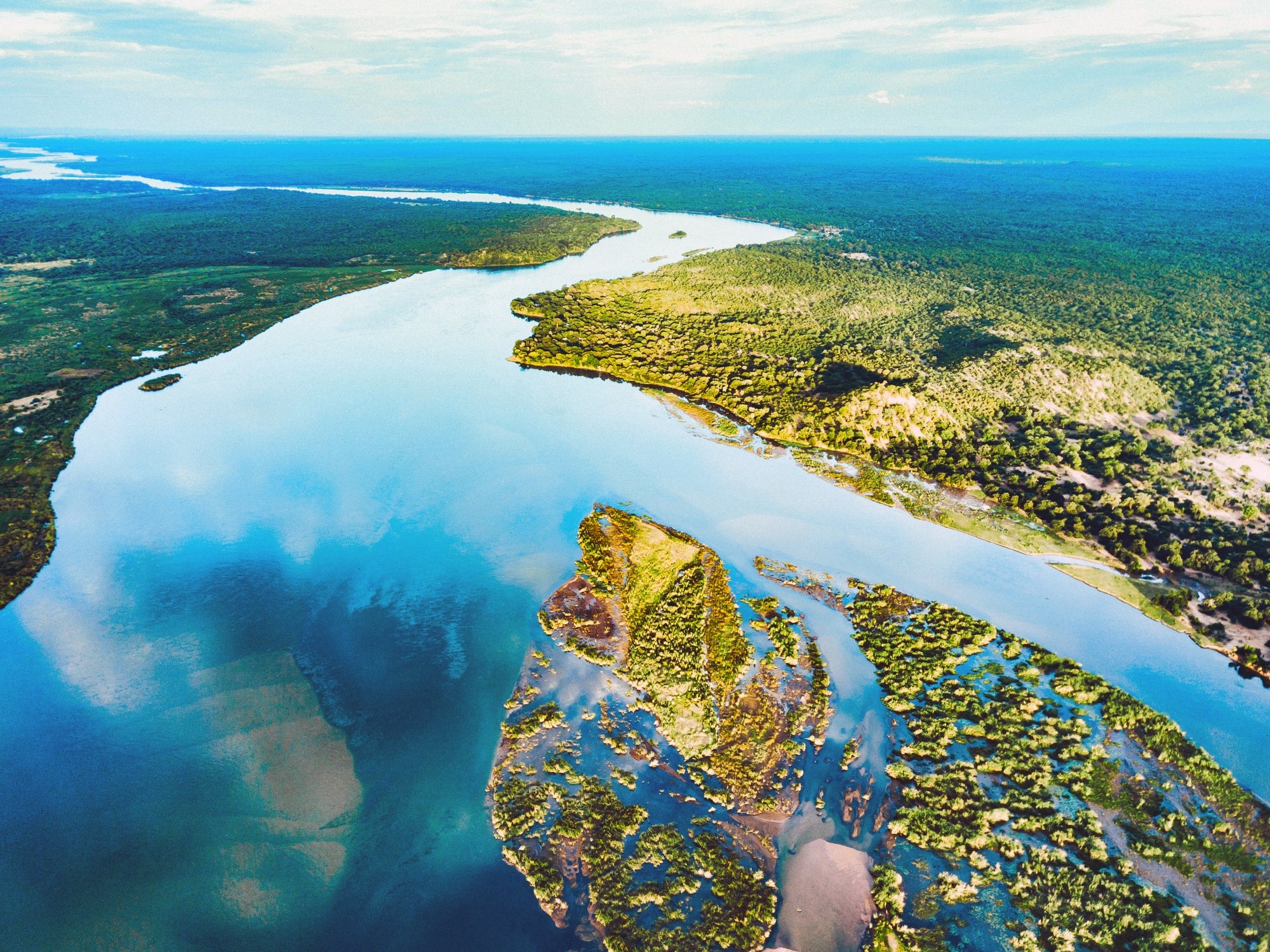
UK researchers have found that 23 million people around the world live on floodplains contaminated by potentially harmful concentrations of toxic waste.
The geographers from the University of Lincoln in the UK mapped 22,609 active and 159,735 abandoned metal mines, and calculated pollution leaching into nearby waterways.
The study, published in the journal Science, tracked harmful contaminants including lead, zinc, copper and arsenic. Researchers found that approximately 479,200km of river channels encompassing 164,000km² are contaminated globally.
“Our new method for predicting the dispersal of mine waste in river systems worldwide provides governments, environmental regulators, the mining industry and local communities with a tool that, for the first time, will enable them to assess the offsite and downstream impacts of mining on ecosystem and human health,” said Professor Mark Macklin, who led the research team, in a statement.
“We expect that this will make it easier to mitigate the environmental effects of historical and present mining and, most importantly, help to minimise the impacts of future mining development on communities, while also protecting food and water security.”
The study is published amid rising global demand for metals and minerals used in transition technologies including electric vehicles. According to the International Energy Agency, global demand for critical minerals will grow 3.5 times by 2030.
“Rapid growth in global metal mining is crucial if the world is to make the transition to green energy,”said Professor Chris Thomas, who led the analysis and modelling.
“Much of the estimated global contamination we have mapped is a legacy from the industrial era – rightly, modern mining is being encouraged to prioritise environmental sustainability. Our methods, which also work at local scales, add an important new approach in this process for which [we] have set up an applied unit of our research centre Water and Planetary Health Analytics to work with the sector.”
The geographers hope that the research will serve as a reminder of the “extensive downstream damage over long periods of time” that can be caused by mining. Long-term exposure to lead and mercury from riverways has been proven to be poisoning children in Namibia and other African countries.



